In this article I discuss some of the important things to consider before you start your training for L’Etape Australia and provide you with a free L’Étape Australia training program that you can download.
In 1993 a mountainous stage of the Tour de France was opened to amateur riders so that they could experience what it is like to ride under the same conditions as the professionals. It was called L’Étape du Tour (“a stage of the tour” in French). Since then the event has grown and now boasts a peloton size of 15,000 riders and has become the world’s benchmark for cyclosportive events. In addition to France, L’Étape events are now run in Whales, Brazil, London, Paraguay and now this “tour stage race” experience is happening in Australia.
About the event
L’Étape Australia offers two options: a 136km RACE option and a 80.6 km RIDE option.
The shorter version of the RACE, is the RIDE for those who wish to immerse themselves in the atmosphere and experience of L’Étape without the added pressure of the epic climbing of the RACE course. At 80.6 km and an elevation of 1,237 m, the RIDE is still a significant challenge and organised on fully closed roads.
The route will start from Kiama and travel through the South Coast, the Shoalhaven and the Southern Highlands. The RACE distance is 136km and the elevation 2,770m which makes it as tough as a mountainous stage of the Tour de France. The RIDE distance is 80.6km and will feature 1,237m of elevation. It is the perfect course for riders who have recently taken up cycling and want to enjoy the unique Tour de France atmosphere as well as for riders who want to enjoy a ride with their friends. The participants in the RIDE will receive the same experience as participants in the Race, only the distance is different.
For full details and updates about the event https://letapeaustralia.com/
Check out this article to help you with your base training.
L’Étape Australia Race Course
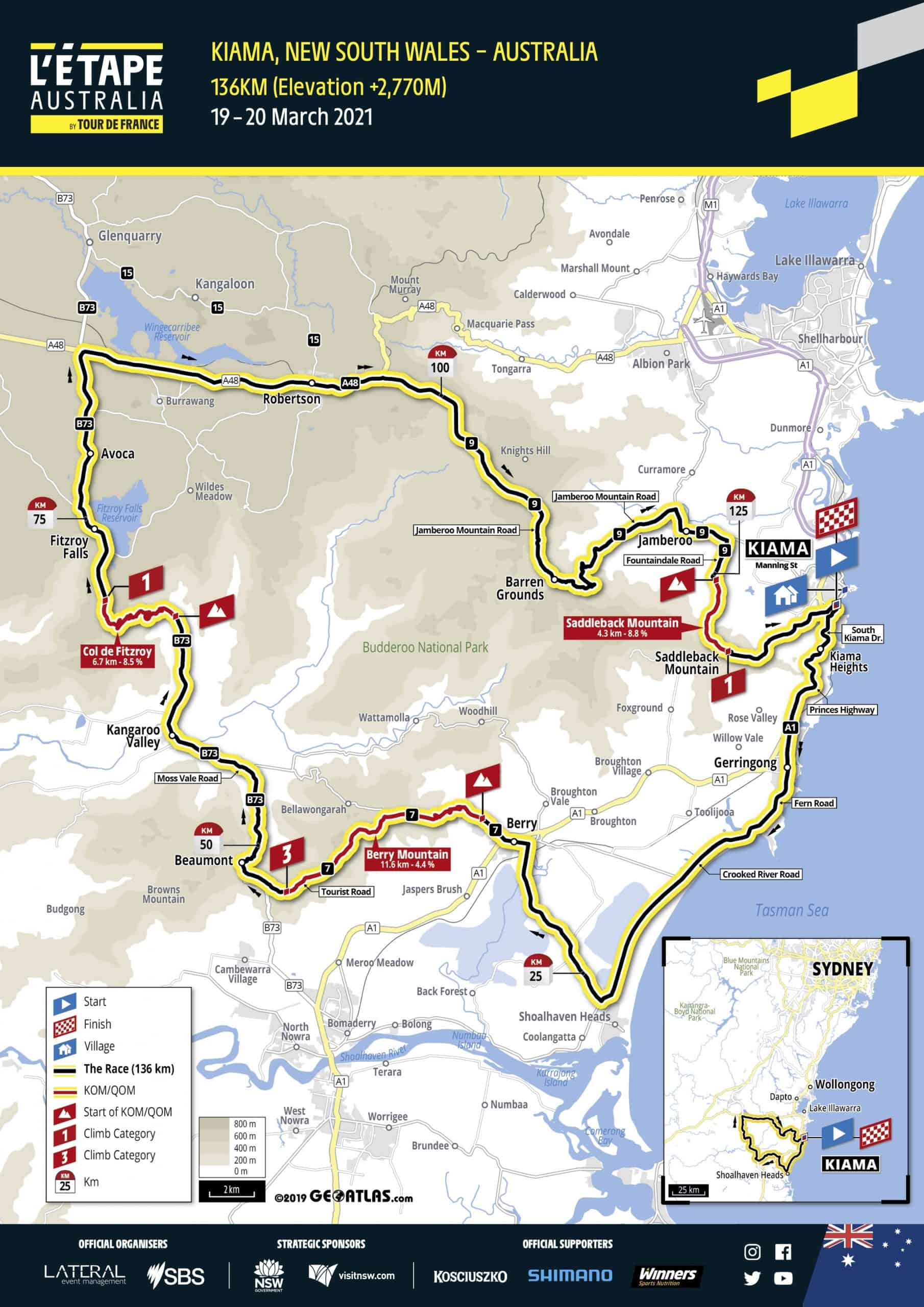
L’Étape Australia Race Profile

L’Étape Australia Ride Course
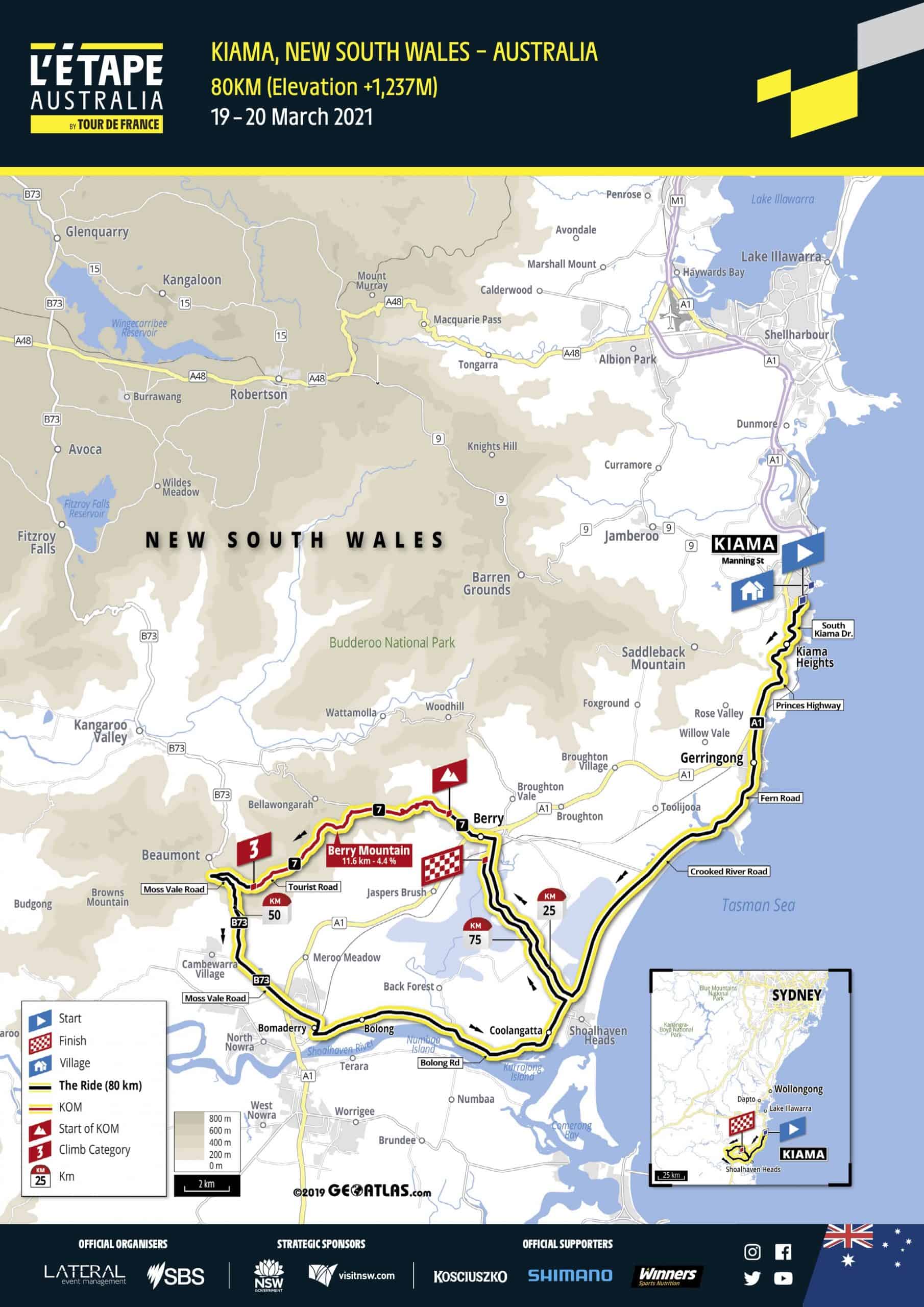
L’Étape Australia Ride Profile

The fitter you are and the better you prepare in the lead up to L’Étape Australia will make the experience much more enjoyable for you. Both the RACE and the RIDE involves climbing some of the major alpine “Cols” in NSW so we would certainly recommend that you establish a reasonable amount of base and hill strength first.
If you haven’t prepared properly for these events, you may find that you spend time having to mentally drive yourself through to the end. While this may be “character building” it also means that you run a high risk of injuring yourself or opening yourself up to possible post ride illness.
Preparation
Your preparation will greatly depend on how seasoned a rider you are.
For both the RACE and the RIDE, we recommend that you follow a structured training plan to ensure that come event day, your form is peaking. If you haven’t been riding for very long, then this becomes even more important, especially if you are considering riding the 136KM distance. There are unfortunately no shortcuts or crash courses that can speed up the process. Consistency and starting early is the key.
Regardless of your form, there is no need to build speed at this point. You don’t want to peak before the event. Spend time on your bike with most of your riding below 75% of your max heart rate to build a good aerobic base. This can be supported with three or four short 5-10-minute intervals at a higher intensity once or twice a week. Make sure that you include hilly rides on the weekends to help build your hill climbing strength.
As for skills, we recommend that you practice building confidence either riding in or getting used to riding with large packs on the road. This is important as you will encounter quite a few on the day.
If you are planning on riding the RACE, we also recommend that you get involved in some local club racing in your area to practice some race craft and build up the necessary skills riding in a pack.
New to Cycling
If you have been riding for only a year and are contemplating either of the distances, we strongly urge you to start your training now and slowly build up your riding distance and vertical meters. Increase your weekly ride time by 10% every week for three weeks at a time then have a recovery week every fourth week where you reduce your volume of training by 25% and repeat.
Regular Rider
If you have regularly been riding for two or more years, then a minimum of 8-12 weeks of structured training for the L’Étape Australia will be enough.
We provide a detailed training program for both events.
They include:
- The detailed 24-week training program
- Indoor training videos
- Off the bike strength training videos
- Online video to stream to your mobile or computer
- Downloadable high definition, standard definition, and mobile indoor training videos
- Detailed PDF timings sheets
- Description of heart rate and power zones
- Zwift training workout files (.ZWO)
- TrainerRoad training workout files (.MRC)
- Garmin training workout files (.FIT)
It’s a small investment that you can make in your riding and it will help you post your personal best at this event.
You can get them here:
L’Etape Australia – 24 wk Racer Training Program
L’Etape Australia – 24 wk Rider Training Program
Stakeholder buy-in
Getting enough time to train is something many of my clients find challenging. Before you start your training, it’s important to put together a training plan to work out the amount of training you need to do in your build up to the event.
Get your diary out and find out if you have any up and coming work events, social gatherings, meetings and family commitments that are going to conflict with your training plan. And… rather than blindly kicking off your training in the hope that you’ll sort out these scheduling conflicts when they arise, you address them before you start.
Once you have done this, work out who is going to be impacted by your training schedule then go to each of these “stakeholders” and get their buy-in well ahead of time.
By going through this stakeholder buy-in process, you’ll have a very clear idea how achievable you’ll be at committing to the training. You’ll quickly identify commitments at work and at home that you need to address.
Proper bike fit
You’re going to be spending some time on your bike once you embark on your training. To reduce the chance of injury and to ensure that you are as comfortable on the bike as possible it’s important to get your bike fit sorted before you commence your training block.
Many bike shops offer a bike fitting service. Many of these bike shops do a good job of setting you up on a bike. There are also professional specialist bike fitting services dotted around the country. The most important objective of a bike fit is to make you as comfortable on the bike as possible.
Once you get your bike fit sorted, and you are happy with it then stick with it. Try not to continue to tweak it to make it better. You’ll want to have it sorted and locked in so that it doesn’t change during your training.
Same goes for changing your bike during your training leading up to the event. If you do, then try to get the position transferred as accurately as possible to your new bike so that you keep it consistent.
Sound mechanical bike
Get your bike serviced before you start your training. You want to get stuck into your training rather than having to deal with interruptions from mechanical failures.
The main items to check are your chain and cassette are in good condition and that your tyres are relatively new. I prefer to train of robust tyres. If you do get a major cut in your tyre, then replace it as soon as you can. I usually have a few spares in the garage, for this reason. Nothing worse than being out on the road and getting a puncture in the rain.

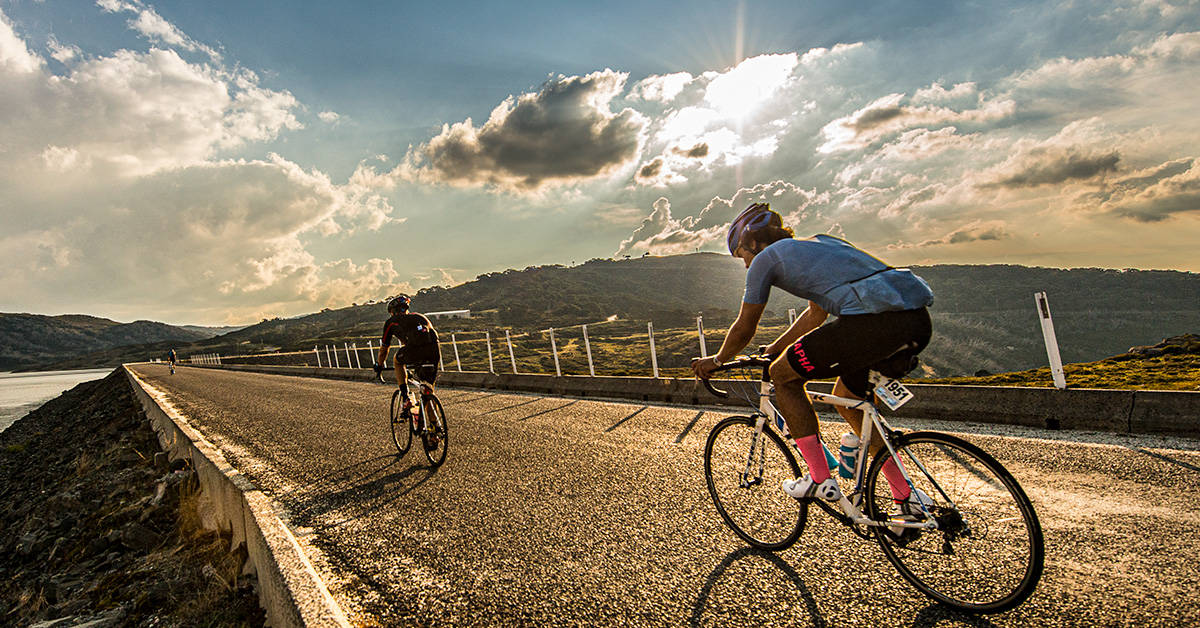
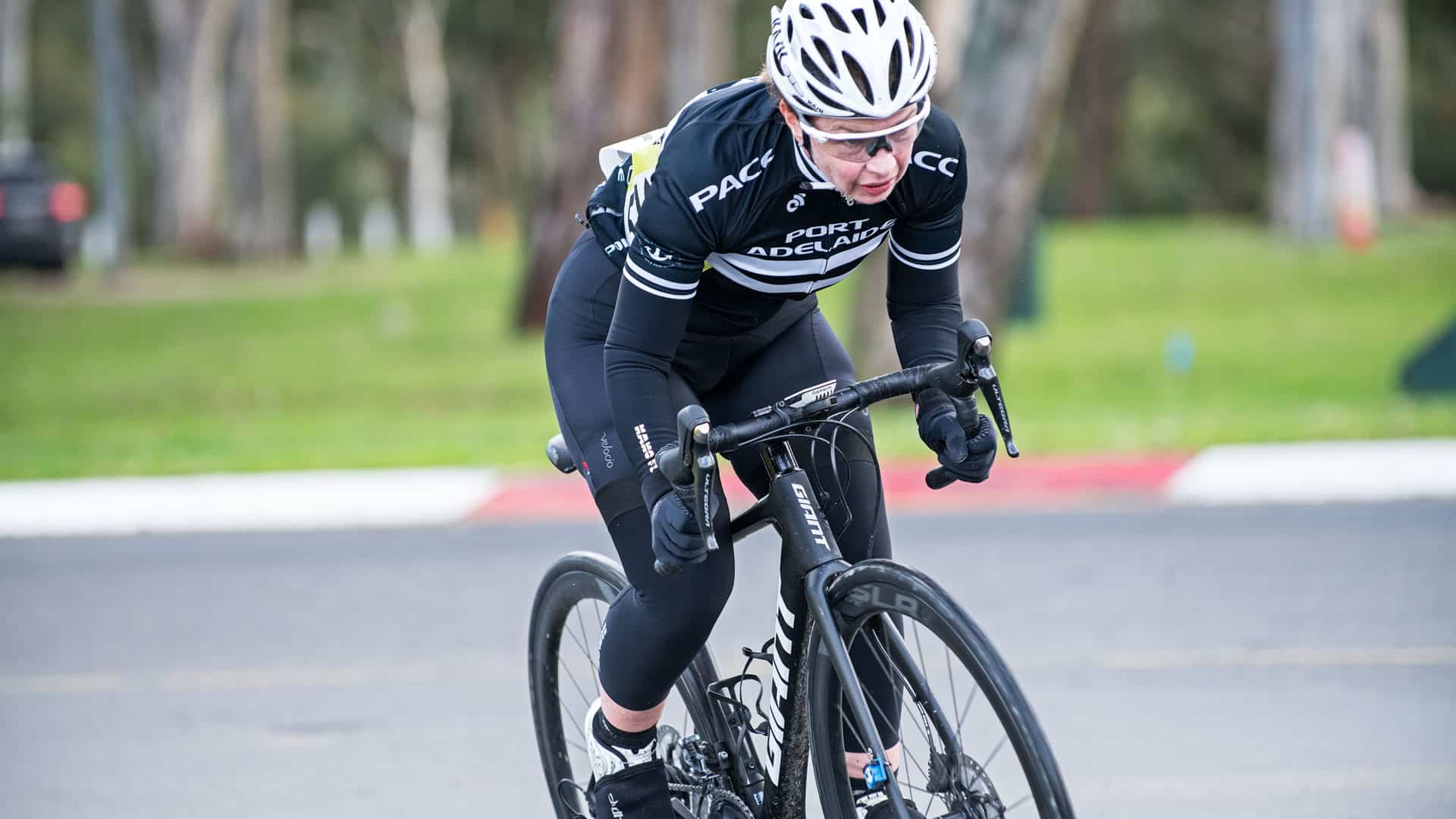
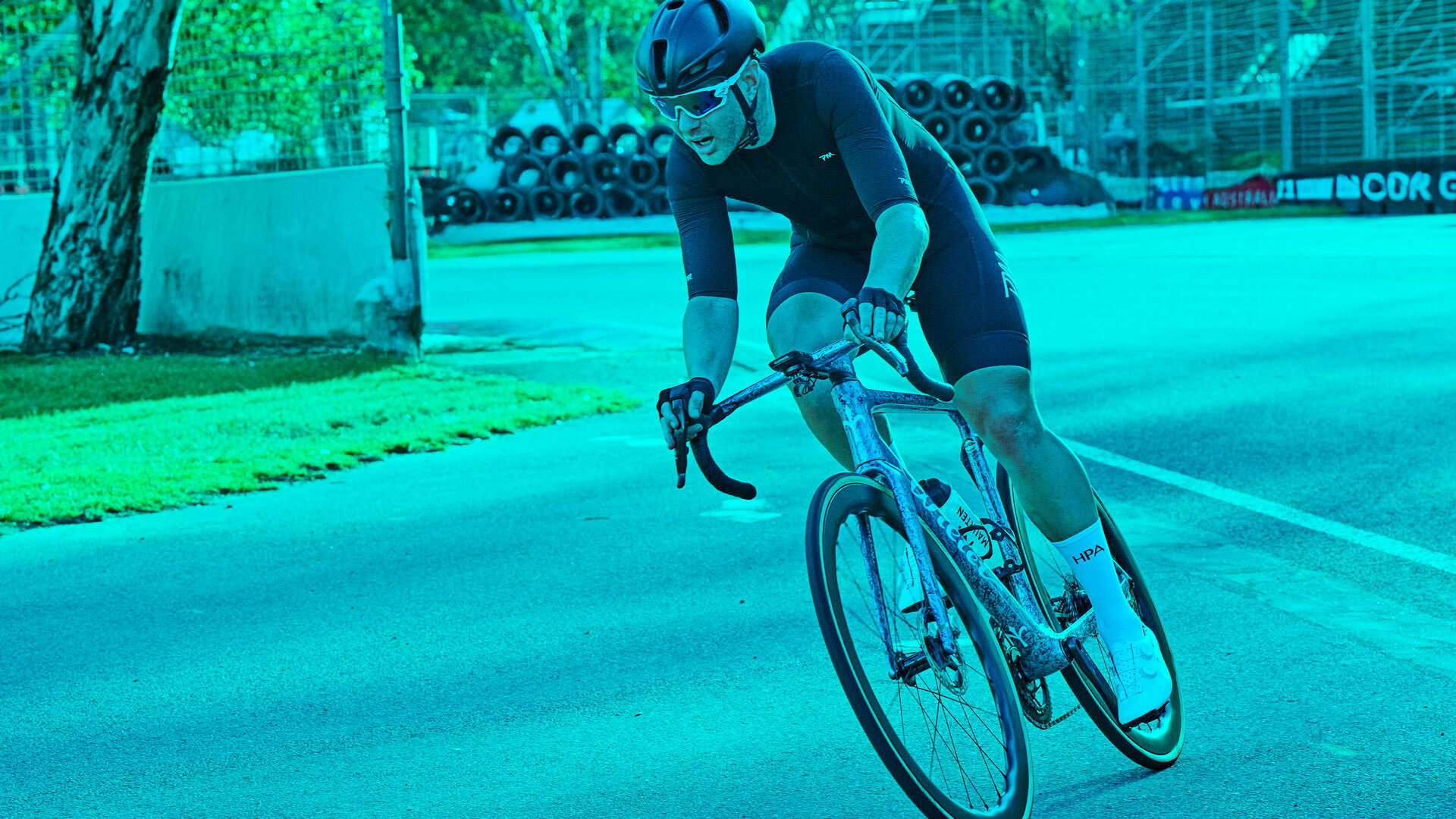
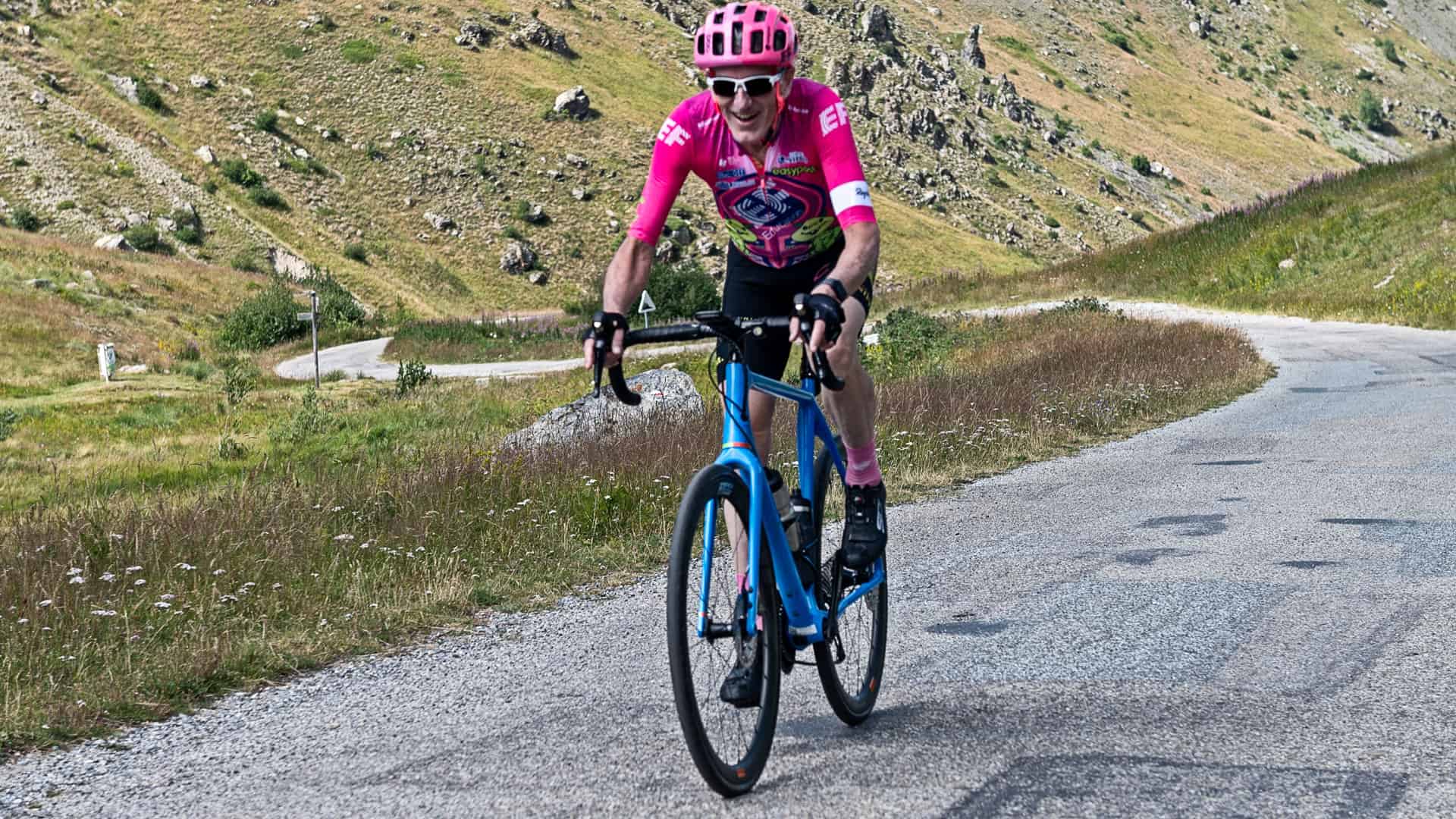
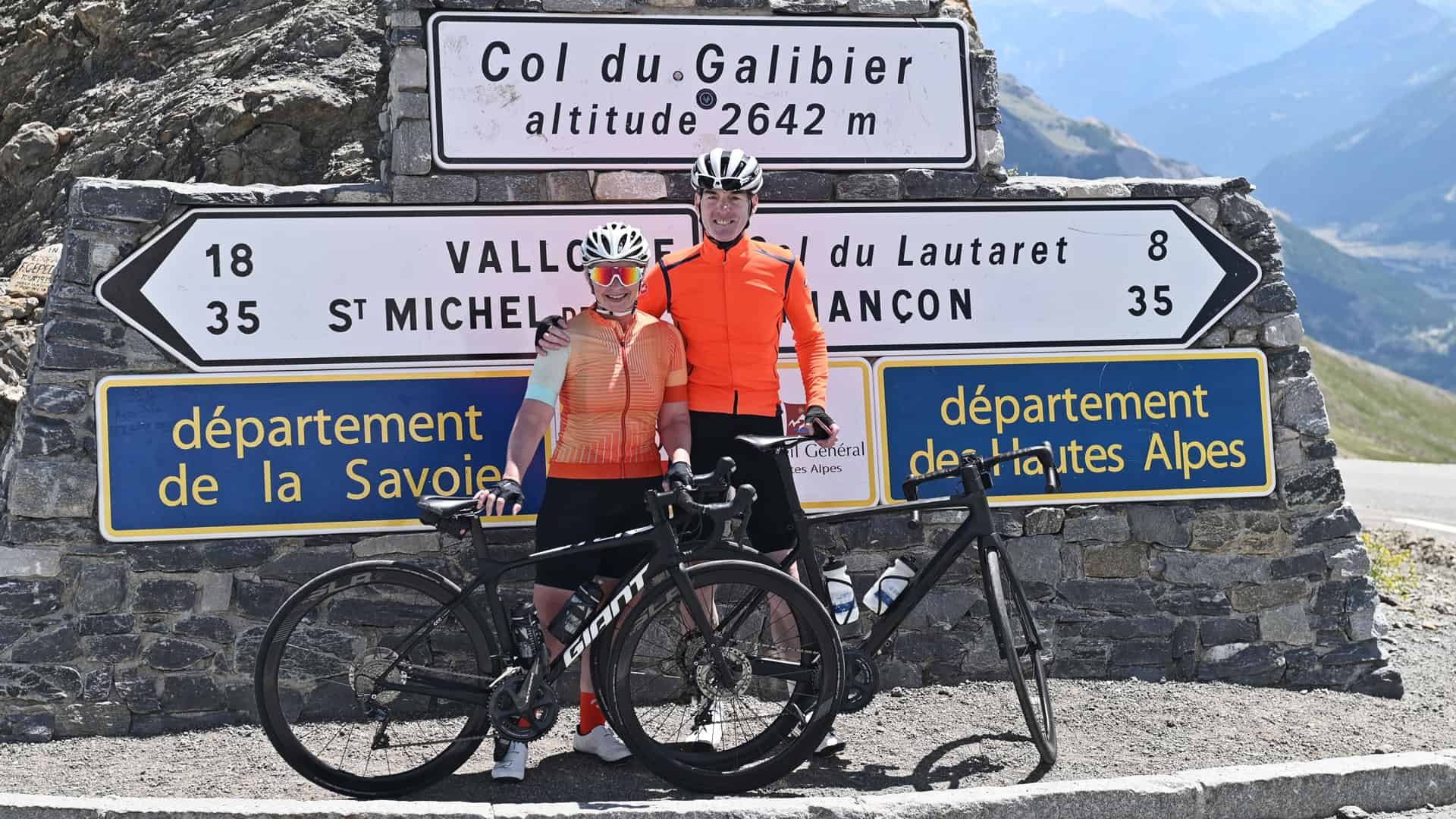
Leave A Comment